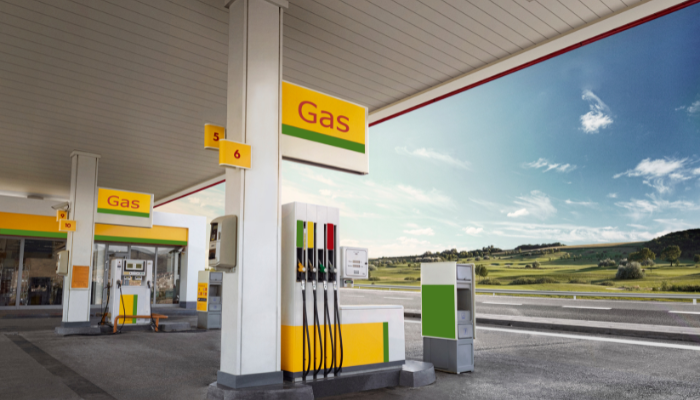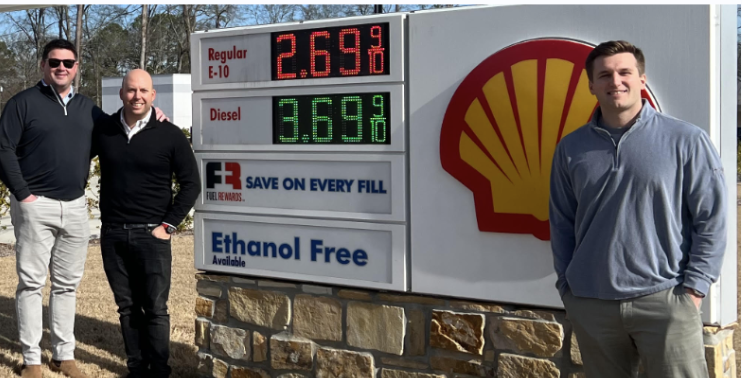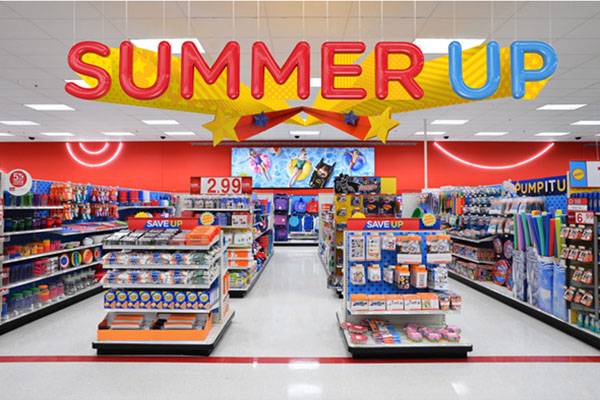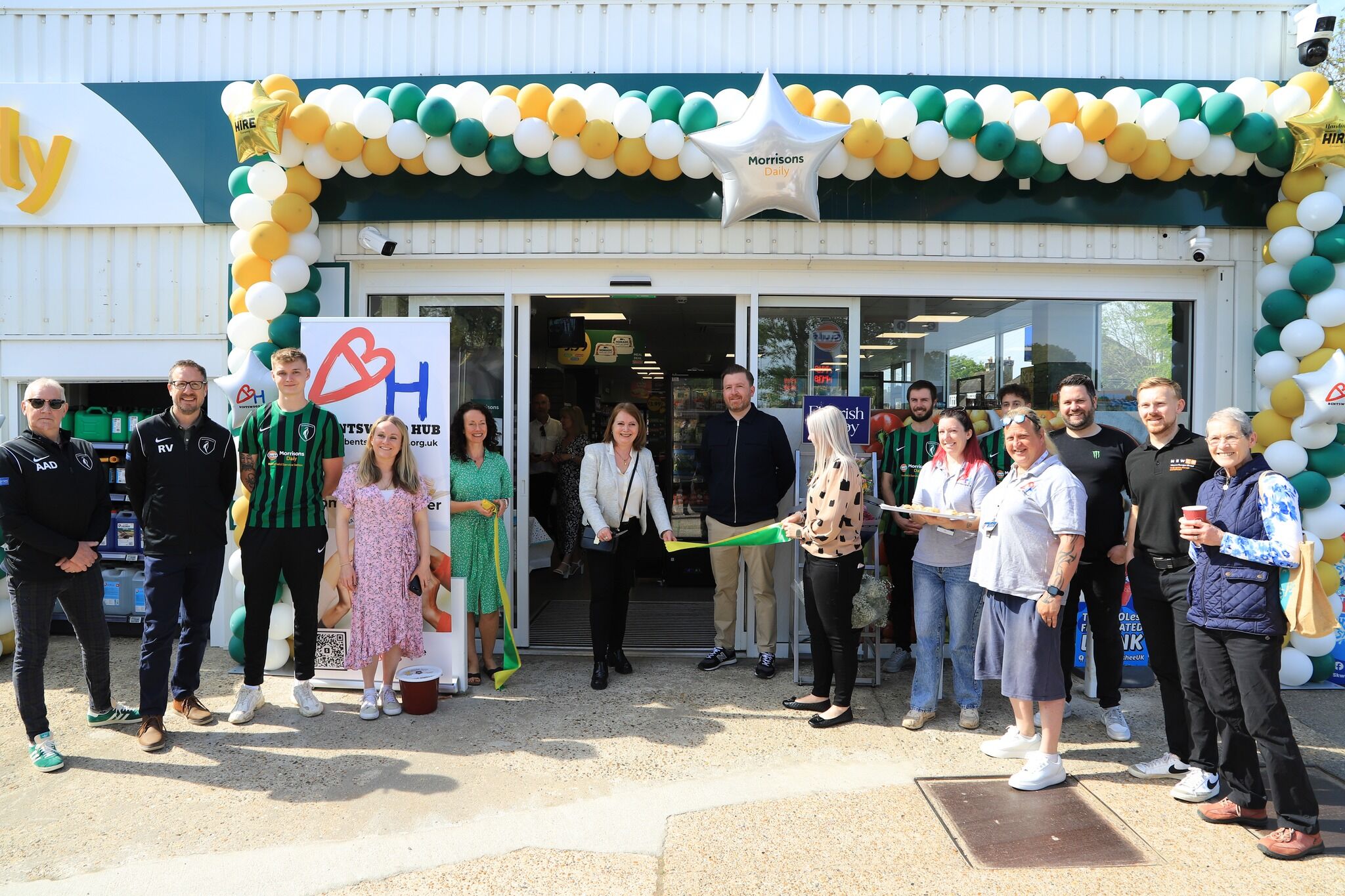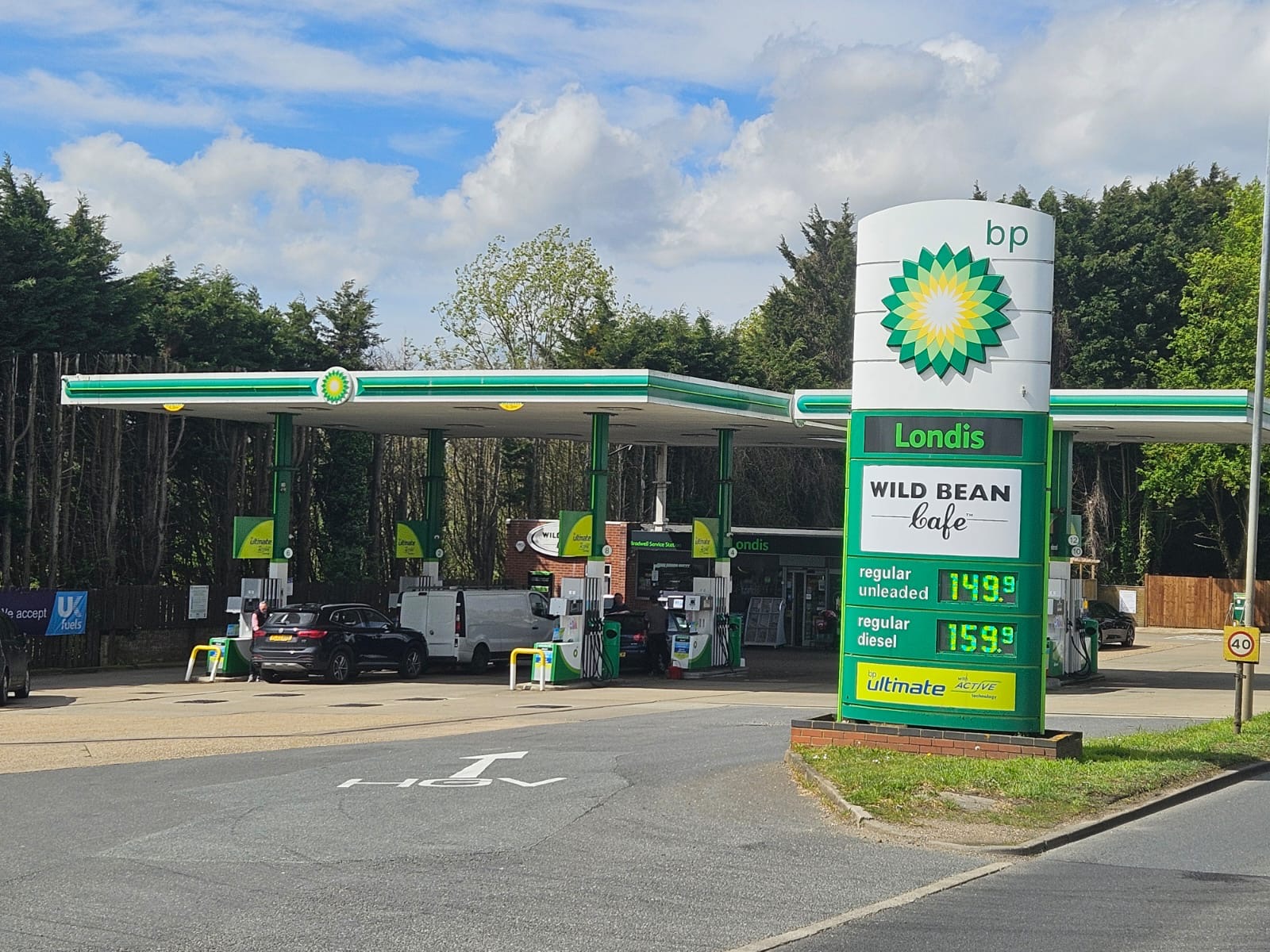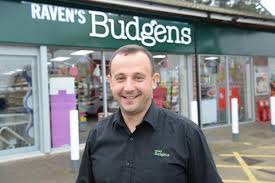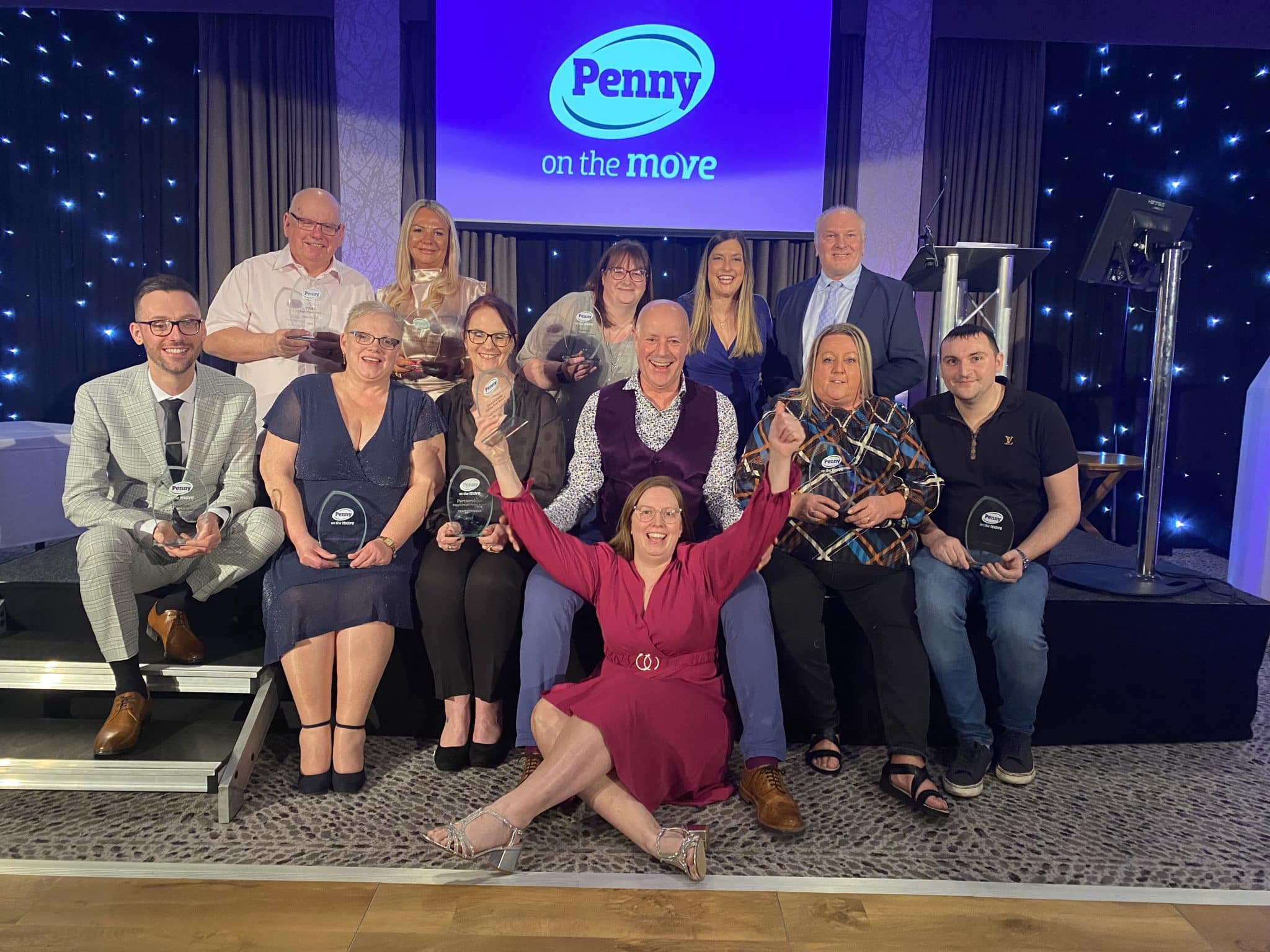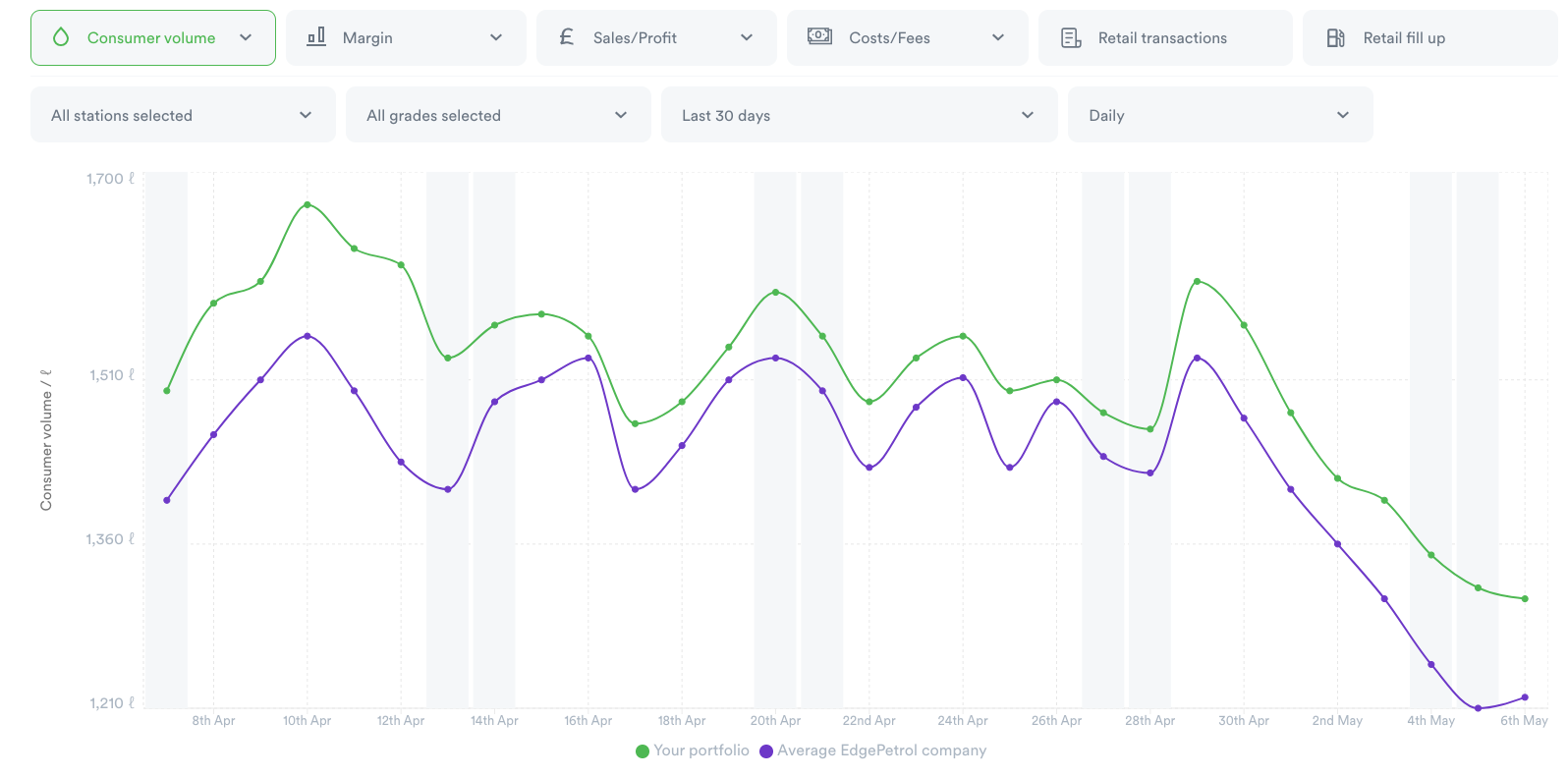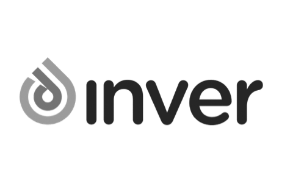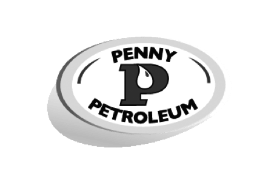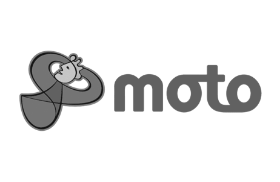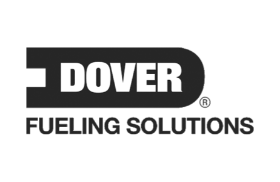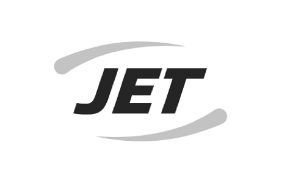As a pricing software company, you’d imagine that we’re likely to tell you that to price well, you need pricing software.
But independent retailers have been pricing their sites for many years using spreadsheets and post it notes. Many of them are successful businesses today.
So, what is the difference between the current situation and what pricing software gives you? Do you need to make a change? And if you don’t want to make a change, what can you do with your current systems to price better?
What is pricing software?
Well, you can define it in many ways. In theory, spreadsheets are software and many companies use them for pricing. But, what we are talking about when we say pricing software is anything custom built to improve and optimise the pricing on your stations.
They have existed for years. Kalibrate, PDI, Price Advantage and A2i were all in existence way before EdgePetrol came along. Each of them do something slightly different, but they all have one thing in common; they are built for larger portfolios.
This is why- especially in family owned businesses and companies with lower number of sites- they have been very successful across larger portfolios whilst small-to-medium retailers have had to find other ways of operating.
And- as you’d expect from the agile and experienced retailers that run those businesses- they are pretty good at it.
Your current situation
You have data everywhere in your station. Without getting too technical, each transaction that goes through your PoS generates a .trx file. Don’t worry too much about that, other than it holds the information regarding the transactions that have taken place at your stations. Pump number, tank number, card type, transaction amount, grade and so on. You name it, it’s probably there.
That information then gets sent on to your back office. This is why you are able to get end of day reports on volume by each grade.
You will also likely have ATGs on your sites. This will give you stock levels on-site and if you have a wetstock manager or another connection, you’ll be able to see this remotely.
You also have a margin to work out. This is to make sure you can either stay in line with or even beat your competition (yet another source of data, depending on your location). This is usually done via spreadsheet, taking today’s replacement cost and working out margins against your pole sign price.
This gives a decent picture of where you are, but as you can see the data is disjointed and difficult to pull insight out of it.
The desired situation
In an ideal world, this data would be pulled together and calculated to provide insight that can help drive better decisions in real-time.
This is the main difference between the systems you currently have in place and software; time and accuracy.
For example, the problems with end-of-day volumes is that, well, they are end of day. Real margins don’t come until month end and often retailers will look back with regret. The key is to make sure your data is working for you.
This has become even more important as the market has changed. Company portfolios are larger, private equity backing has increased. CAPEX spend on shops and facilities is up. And electric vehicles are starting to enter the foray.
What this data insight allows you to do is combat these industry challenges. The decisions you make might not change, but being better informed is the key.
What can I do without software?
Even if you don’t want to make the leap into pricing software, there are some key changes you can make:
- Always assess who your real competitors are. So often we come across retailers running a small branded site comparing themselves to a large supermarket-type store 2 miles down the road. More often than not, the customer is different. Look at the data you do have to try and work out how the delta in pricing impacts your sales. Talk to your customers to find out why they come to your store. If you get into a price war with a bigger company with better resources, chances are you will not come out on top.
- Change something. Find out what strategies work for your station. Make sure you give them a real chance to take effect. One retailer we worked with grew weekend volumes by 35% by reducing the price slightly over the weekend. The best bit was, they won new customers and mid-week volumes grew 10% too! You don’t need software to try these strategies, but of course it can give you faster visibility to be more agile with your experiments.
- Get smart with spreadsheets. Yes, that sounds weird coming from a company that has deleted thousands of spreadsheets for customers who now use our software. But if you are that way inclined, make sure you are looking at the right things. Use spreadsheets to consider things you may not be able to by just looking at raw data:
- Can I use daily volume variations to my advantage?
- What old fuel is in the tanks that I’m not considering when using replacement cost?
- What would the impact be if I was to move the price in a certain direction? Can I afford it? Can I afford not to do it?
EdgePetrol is designed for the independent retailer to help them make better and quicker decisions. There may well be many things you can improve without it, but when you are ready to fully optimise, you know where we are.

